Introduction
The Kaaba is regarded as the holiest place in Islam. It is situated at the heart of Al-Masjid Al-Haram in Mecca and is a black cube that stands approximately 43 feet tall. The cube is covered with a black silk and gold curtain and holds great religious importance for Muslims worldwide.
The Kaaba is a symbol of the Oneness of Allah (Tawheed), which is the fundamental pillar of Islam. Muslims across the globe are devout servants of Allah Almighty and are considered the Bayt Allah (‘House of God’).

The Kaaba holds an important place in history, dating back to the time of Hazrat Ibrahim (Abraham) (AS). It was initially built as a place of worship for one God. Over the centuries, it has undergone numerous renovations and reconstructions. Due to its religious and historical importance, it is considered one of the most respected and revered symbols of Islam.
The Significance of the Kaaba in Islam
The Kaaba is a powerful symbol of the Islamic faith and is the focal point of worship and unity for Muslims worldwide.
Prayer and Pilgrimage
The Kaaba serves as the Qiblah, the direction Muslims face while performing their five daily prayers. When you stand for your five daily prayers, you face the Kaaba, our spiritual compass that unites us all in devotion to Allah (SWT). No matter where we are in the world, our alignment towards the Kaaba symbolizes our shared commitment and strengthens our connection with each other and our faith.
For additional insights into Daily Prayers, please read this blog post: Five Daily Prayers in Islam.
Unity and Equality
The Kaaba is a significant representation of unity and equality that surpasses the limitations of race, culture, and geography. When we humbly submit ourselves to Allah (SWT) in prayer, we are reminded that we are all equal in His eyes, regardless of our background. Our collective focus on the Kaaba helps to cultivate a sense of brotherhood and solidarity within the Muslim community worldwide.
An essential role in the Hajj and Umrah pilgrimages
The Kaaba is at the heart of our most sacred acts of worship, the Hajj and Umrah pilgrimages. During these journeys, you will Perform the Tawaf by circumambulating around the Kaaba, thereby strengthening your spiritual bond with your faith and cultural roots. This important ritual serves to remind us of our commitment to Allah (SWT) and the oneness of our community as believers.
If you are planning to perform Hajj or Umrah and need guidance on the rituals involved, you can refer to our dedicated category on Hajj and Umrah. This category offers detailed explanations of each step involved in the process, which will make it easier for you to prepare and participate fully.
History of the Kaaba
The Kaaba has an influential place in the Islamic faith, with a rich history that spans over a billion Muslims around the world.
Who Built the Kaaba?
According to Islamic tradition, Hazrat Ibrahim (Abraham) (AS) and his son Ismail (Ishmael) (AS) constructed the Kaaba under Allah’s command. They undertook this noble task as an act of devotion and obedience, establishing the Kaaba as a symbol of submission to Allah’s will (SWT). As mentioned in the Quran, Hazrat Ibrahim (Abraham) (AS) and his son Ismail (Ishmael) (AS) are believed to have built the Kaaba while following Allah’s command (SWT).
In our another blog, We discuss the Maqam-e-Ibrahim: A Symbol of Faith.

“And (remember) when Abraham raised the foundation of the House with Ishmael, (both praying,) “Our Lord! Accept (this) from us. You are indeed the All-Hearing, All-Knowing.” [Surah Baqarah verse 127]
The verse beautifully captures the moment of devotion and prayer during the construction of the Kaaba.
When Was the Kaaba Built?
According to Islamic tradition, the Kaaba was originally built by Hazrat Ibrahim (AS) and his son Hazrat Ismail (AS). Islamic teachings suggest that the Kaaba has been rebuilt several times throughout history. The most notable reconstruction before the Prophet Muhammad’s (PBUM) time was carried out by the Quraysh crew after a flash flood damaged the Kaaba. This reconstruction occurred after a flood damaged the original building during the siege of Mecca in 683 AD.
Significant Events in the History of the Kaaba
The Kaaba has been a witness to numerous important events that have played a crucial role in shaping the history of Islam. Among the most noteworthy events is the construction of the Kaaba by Prophet Ibrahim (AS) and his son Hazrat Ismail (AS). Another remarkable event is Prophet Muhammad’s (SAW) Conquest of Mecca and his removal of idols. Throughout history, several Muslim rulers and leaders have renovated and expanded the Kaaba.
Reconstruction and Modifications Through the Ages
Throughout history, the Kaaba has undergone several reconstructions and modifications. Various entities have made these changes to ensure the structure’s stability. This helps preserve its significance as a holy site for Muslims worldwide.
Before the rise of Islam, the Quraish crew performed numerous renovations on the Kaaba. They rebuilt the structure using wood and stones, and it was during this time that they added a roof to the Kaaba. However, after a fire in 608 CE, the Kaaba was rebuilt using stone. It was during this reconstruction that the structure attained its current dimensions.
The Kaaba underwent various renovations under different caliphates. For example, during the Abbasid caliphate, it was rebuilt using marble and wood, while during the Ottoman Empire, it was covered with silk curtains.
Modern renovations have been carried out to ensure the safety of pilgrims and preserve the structure. In 1953, the Saudi Arabian government rebuilt the Kaaba using reinforced concrete. They carried out another renovation to protect the structure from flooding in 1996. In 2016, the Saudi Arabian government replaced the old silk curtains covering the Kaaba with new ones. These new curtains were made of pure gold to mark the start of the Islamic year.
The Architecture and Composition of the Kaaba
The Kaaba is a structure steeped in historical and religious importance. Constructed from various materials throughout history, the Kaaba’s core structure consists of granite stones bound together with mortar. The mortar that binds these stones is made from clay, sand, and water. These stones have been sourced locally from the Mecca region, contributing to the Kaaba’s deep-rooted connection to its surroundings.
One of the most distinctive features of the Kaaba’s architecture is its cubic shape. The structure’s design emphasizes simplicity and unity, symbolizing the core principles of Islam. The interior of the Kaaba is devoid of any ornamentation, echoing the notion of purity and equality before God.
Below are the detailed dimensions and the materials used in the construction of the Kaaba, illustrating its architectural significance and enduring structure:
| Length | 12.86 m (42 ft 2 inch) |
| Width | 11.03 m (36 ft 2 inch) |
| Height (max) | 13.1 m (43 ft 0 inch) |
| Materials | Stone, Marble, Limestone |
Parts of the Kaaba
Rukan Yamani
It is positioned at the southwestern corner of the Holy Ka’bah, parallel to Hajr-e-Aswad (the Black Stone), located on the opposite end of the southern wall. Rukan Yamani is also known as Rukn-al-Janubi or the Yemeni Corner. This corner, facing towards Yemen, was named Rukan Yamani.
According to the teachings of Prophet Muhammad (PBUH), touching the Rukan Yamani during Tawaf is believed to absolve sins. Similar to the virtues associated with Hajr-e-Aswad. Thus, it has become a Sunnah for pilgrims to touch this corner and pray for forgiveness while performing Tawaf.
Rukn Shami
Rukn Shami, also known as the Levantine Corner, is one of the four corners of the Kaaba. This corner points towards the north-western direction from the centre of the Kaaba, and it is named Rukn Shami because it faces the direction of Syria. Each corner of the Kaaba has its significance, and the Rukn Shami is no exception, holding its place in the rituals and history associated with the Kaaba.
Meezab-e-Rehmat
Meezab-e-Rehmat, “the Water outlet of mercy,” is a significant architectural feature of the Holy Kaaba in Mecca. It is a gold spout located on the roof of the Kaaba, from which rainwater falls onto the semi-circular area known as Hateem.
The Meezab-e-Rehmat holds significant spiritual importance for Muslims. It is believed that the Prophet Muhammad (SAW) once supplicated beneath it, making it one of the places where prayers are accepted. The spout’s history dates back to 605 AD when it was first constructed during the reconstruction of the Kaaba by the Quraish crew after a flood. Over the centuries, it has been remodelled several times, with the most recent redesign occurring in 1996 under the patronage of King Fahd. The structure is made of pure gold.
Hateem
The Hateem, also known as Hijr Ismail, is a semicircle-shaped wall opposite the northwest corner of the Kaaba. Though separate, it’s considered part of the holy site. It is made of white marble and stands just over four feet tall.
Traditionally, the area enclosed by the Hateem was believed to be part of the original Kaaba structure. Here, Prophet Ibrahim (Abraham) is said to have built a shelter for his son Ismail and wife Hajar. While the Quran doesn’t directly mention the Hateem, Islamic narrations recognize its holiness. Pilgrims avoid walking within the enclosed area during Tawaf, but prayer is permitted there. Prophet Muhammad’s (SAW) wife, Hazrat Aisha (RA), reportedly prayed within the Hateem, highlighting its sacred status.
Multazam
Multazam is the place or distance between the corner of the Black Stone (Hajar al-Aswad) and the door of the Kaaba. This roughly two-meter wide area is believed to be where supplications hold special significance.
Muslims performing Tawaf often seek the opportunity to press their chest, face, and palms against the Multazam while making earnest dua (supplications). This practice, called iltizaam, came from the example of Prophet Muhammad (PBUH) and his companions. There are no specific prayers for the Multazam, and pilgrims can express their deepest desires and seek forgiveness directly from Allah.
The Kiswah
The Kiswah is a black silk cloth that covers the Kaaba. It is embroidered with Quranic verses and is changed annually on the 9th day of Dhu al-Hijjah, which is the Day of Arafat. Changing the Kiswah is a significant and sacred event that is carried out by specialized artisans. After the old Kiswah is removed, it is cut into small pieces and distributed to Muslims worldwide as a blessed souvenir.
If you want to learn more about the Kiswah, how it is manufactured, and what the cost of its manufacturing, click on the link and read in detail about Kiswah: The Kiswa: The Cover Cloth of the Holy Kaaba.
Hajr-e-Aswad (The Black Stone)
The Black Stone, which is known as Hajar al-Aswad in Arabic, is an ancient Islamic artefact that holds both historical and religious importance. It is a dark, fragmented rock that is believed to have once been a single piece of white stone. According to Islamic tradition, the Black Stone’s colour was darkened as a result of humanity’s sins.
Read more about The Hajr e Aswad – A Sacred Relic for Hajj and Umrah.
The Black Stone is an integral part of the Hajj and Tawaf rituals. Pilgrims begin and end each circuit at the Black Stone. Many try to kiss or touch the stone as a sign of respect and devotion. The Black Stone is also believed to have healing powers and is a popular site for prayer and meditation.
Inside the Kaaba
The Kaaba’s interior is a modestly designed, dimly lit room. It is believed to be approximately 15 meters in height and 10-12 meters in width. The walls are covered in black silk, embroidered with Quranic verses and gold threads. The floor is made up of marble and limestone, and there is only one door for entry and exit.
Inside, there are no elaborate decorations or furnishings. The only items found inside are a few lamps hanging from the ceiling. Additionally, there is a small table on which the Quran rests.
The interior has undergone several changes over the centuries. During the pre-Islamic era, it was filled with idols and pagan symbols. However, after the advent of Islam, all traces of idol worship were removed, and the interior was simplified to its current state.
It’s important to note that the interior of the Kaaba is rarely accessible. Even during the Hajj and Umrah, pilgrims cannot enter.
Conclusion
The Kaaba is a timeless symbol of unity, devotion, and reverence for Muslims worldwide. Its enduring importance transcends time and space and is deeply ingrained in believers’ hearts and minds. Throughout history, the Kaaba has been a focal point of spiritual pilgrimage. It draws millions of Muslims annually to its sacred precincts. Its mysterious history and enduring presence enhance the Islamic faith. This weaves a tradition and devotion that unites believers across diverse cultures and geographies.


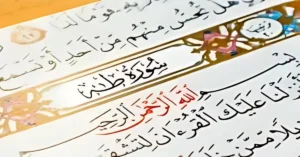
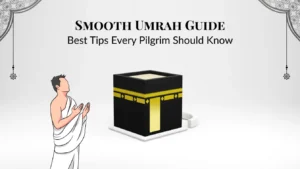
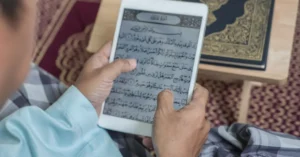

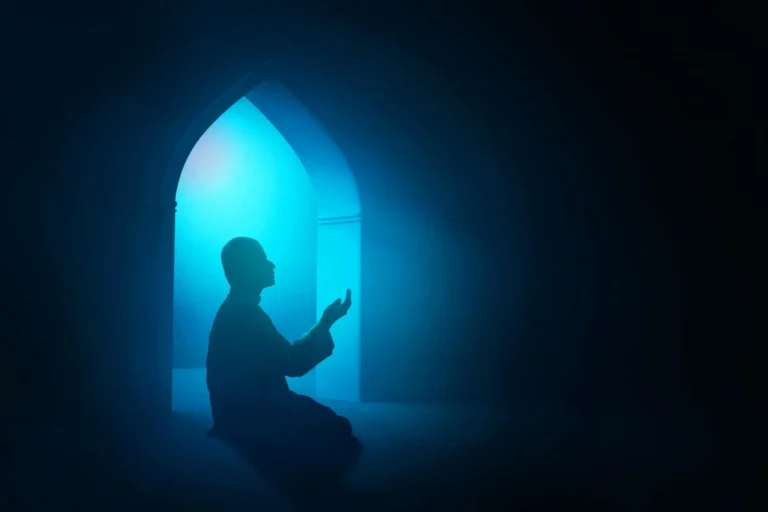
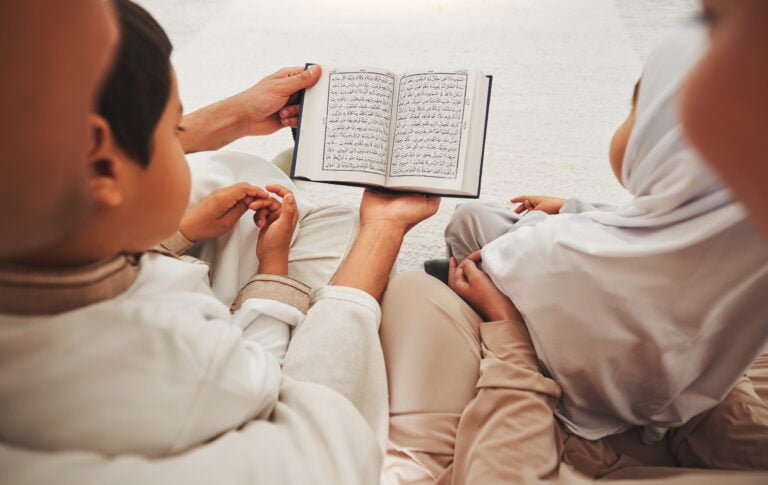
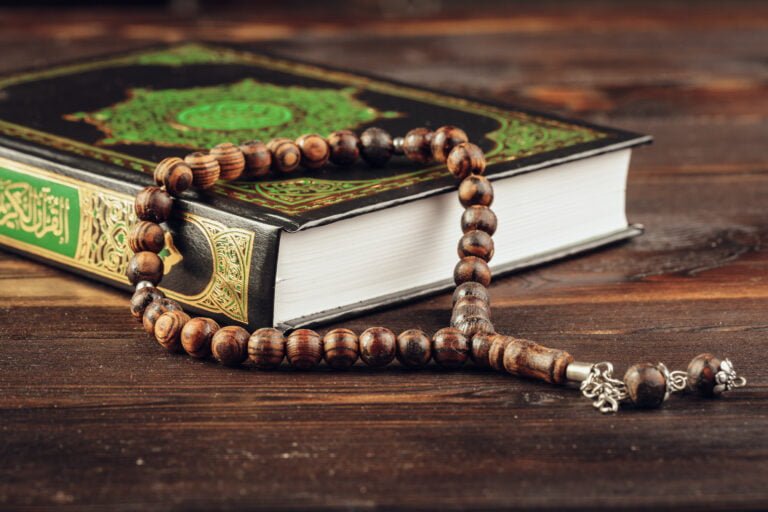
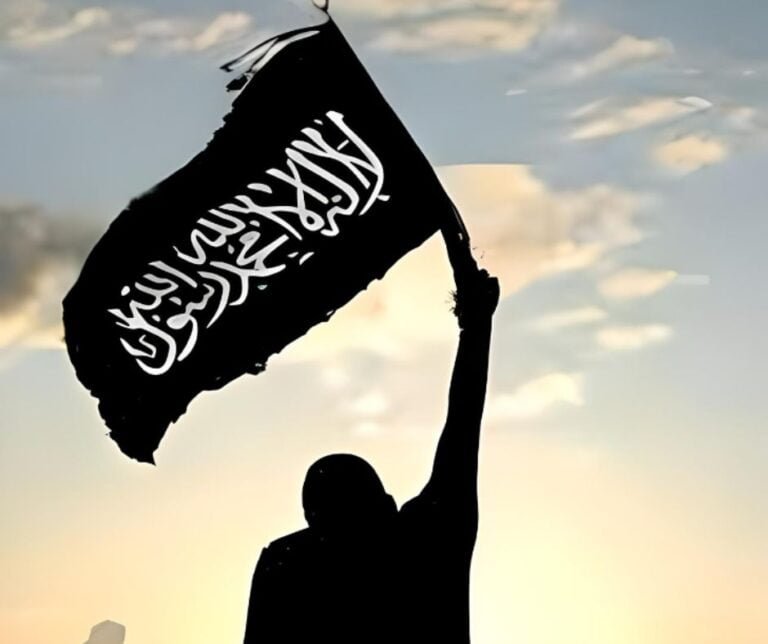
Thank you for sharing this amazing post about Kaaba History.